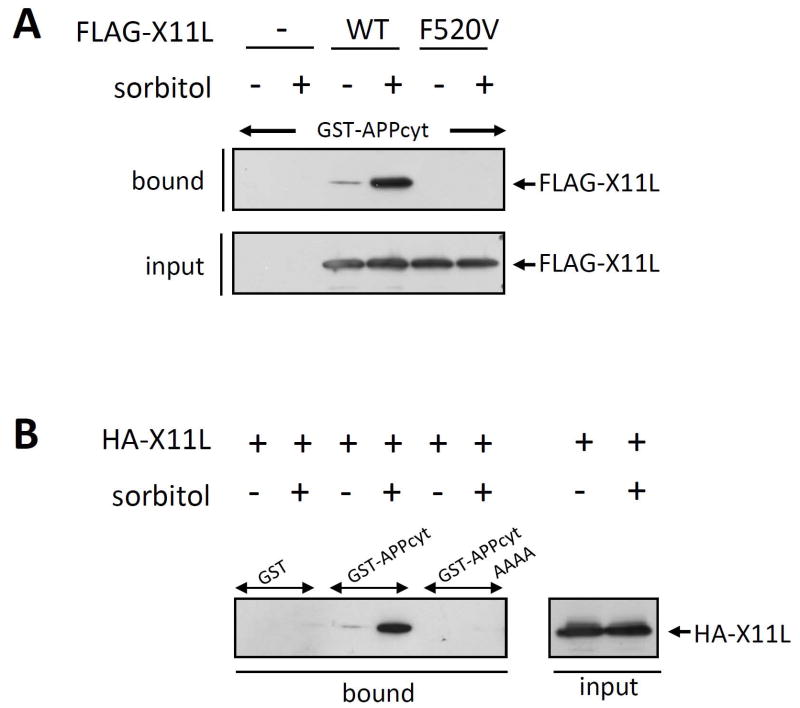Figure 3. Interaction of the NPTY element of APP with the PI/PTB domain of X11L recovered from osmotically stressed cells.
(A) Interaction of APPcyt with X11L and X11L PI/PTB domain mutants derived from sorbitol treated cells. HEK293 cells (~2 × 105) were transiently transfected with 0.5 μg of pcDNA3.1-FLAG-X11L (WT), pcDNA3.1-FLAG-X11L F520V (F520V), or pcDNA3 alone (−), and treated with (+) or without (−) 0.5 M sorbitol for 45 min. The cell lysates were incubated with GST-APPcyt, and FLAG-X11L bound to GST-APPcyt (bound) and the lysates (input) were analyzed by immunoblotting with anti-FLAG M2 antibody.
(B) Interaction of APPcyt carrying a mutation in the NPTY element with X11L derived from sorbitol treated cells. HEK293 cells (~2 × 105) were transiently transfected with 0.5 μg of pcDNA3-HA-X11L (+), and treated with (+) or without (−) 0.5 M sorbitol for 45 min. The cell lysates were incubated with GST alone, GST-APPcyt, or GST-APPcytAAAA in which the NPTY sequence was altered to AAAA. HA-X11L bound to APPcyt (bound) and the lysates (input) were analyzed by immunoblotting with anti-HA 12CA5 antibody.

